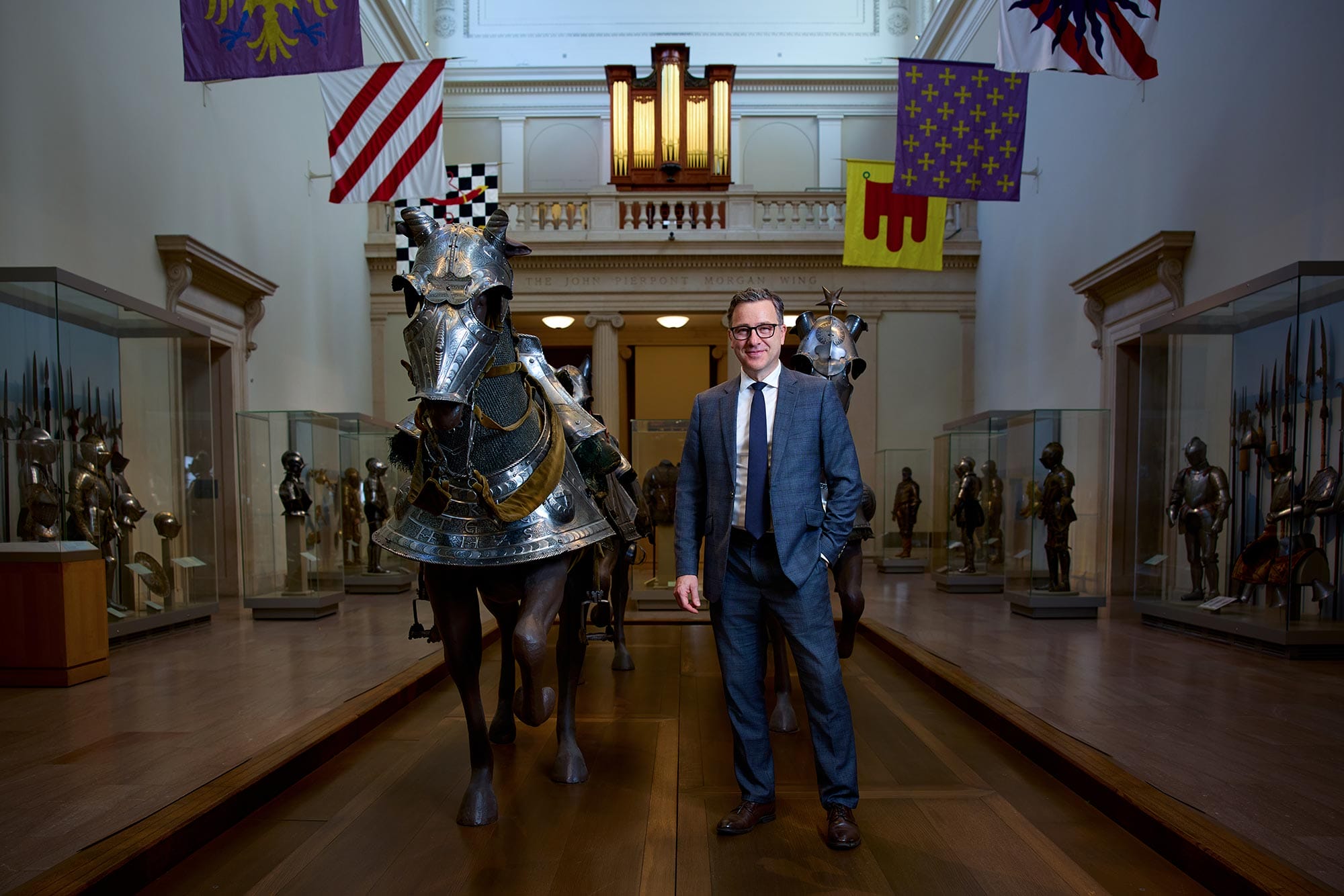
“As a curator, I am compelled to rediscover the reasons objects were made, used, prized and preserved,” says Pierre Terjanian. “By researching these objects it is possible to open a window onto past and often unfamiliar worlds and ideas, to share stories and invite personal reflections on the human condition.”
Art historian and curator Pierre Terjanian is known for bringing to life the history and context in which objects of arms and armor were created, and how their functions influenced their forms and decoration. Through his installations and exhibitions at the Philadelphia Museum of Art and as curator in charge of the Department of Arms and Armor at The Metropolitan Museum of Art, New York, he has expanded the way people view these objects—from the techniques used to create them to the empires, politics and mythologies that shaped their decoration and use.
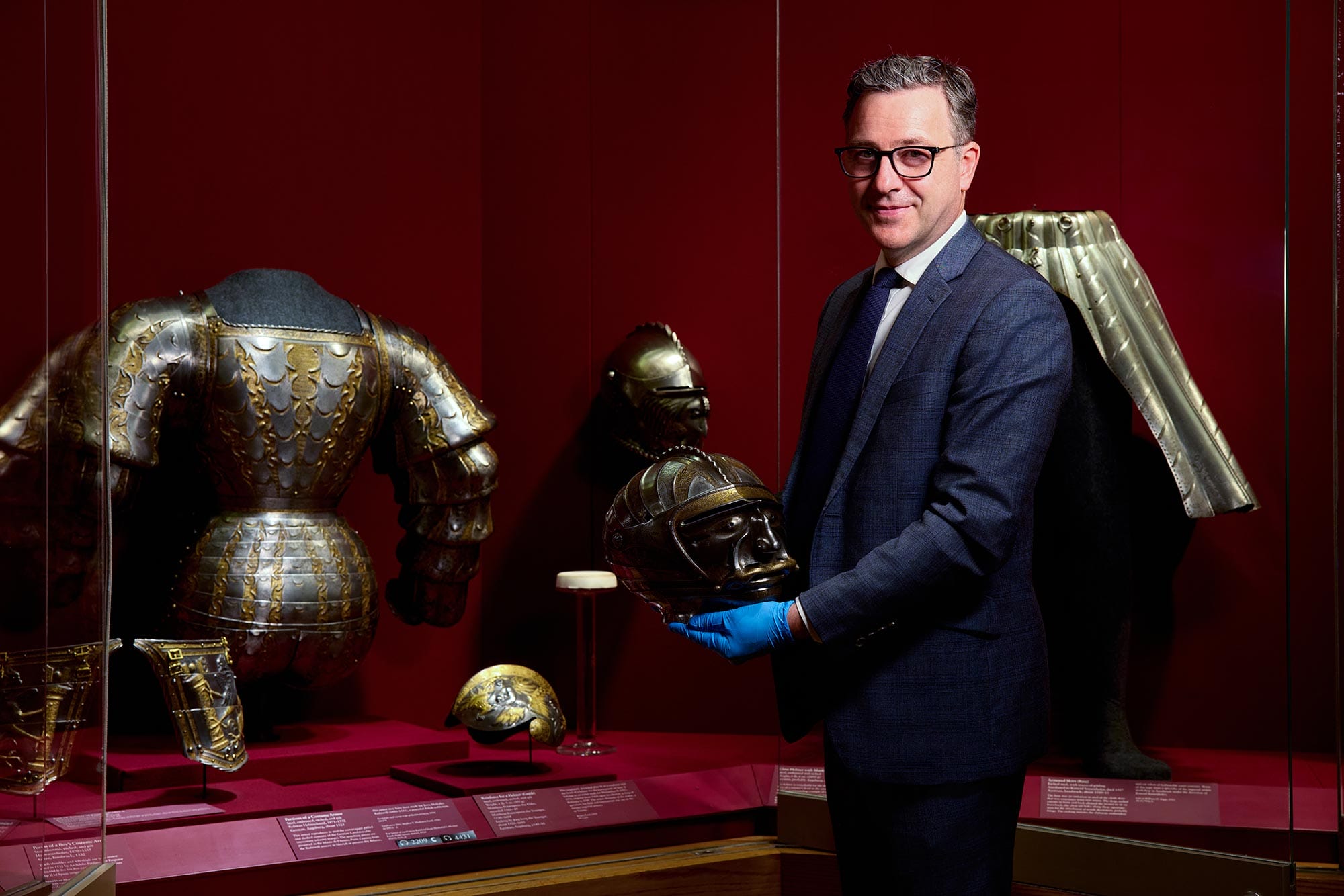
Building a framework: A path to leadership
Born in France, Terjanian reflects on how growing up around “old buildings and sites to which stories—true or imagined—were attached,” sparked his interest, and encouraged him to pursue the truth about the histories that imbued the places and objects around him.
“I decided to pursue a museum career when I realized that arms and armor had not received the same level of attention as other fields of study, and that it was possible to make original contributions to it,” he says. “My focus has been to connect surviving objects with documents that shed new light on what these objects represent.”
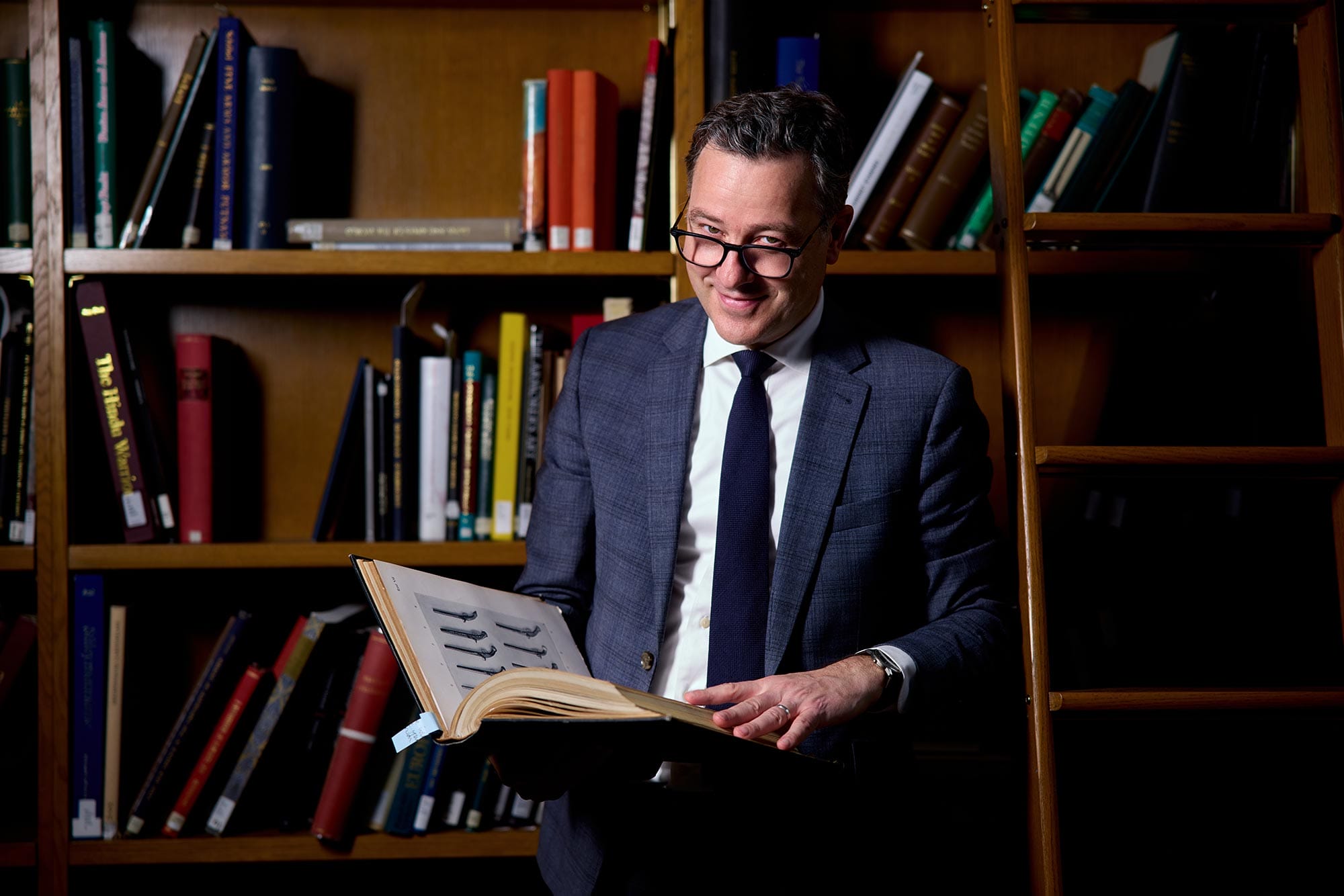
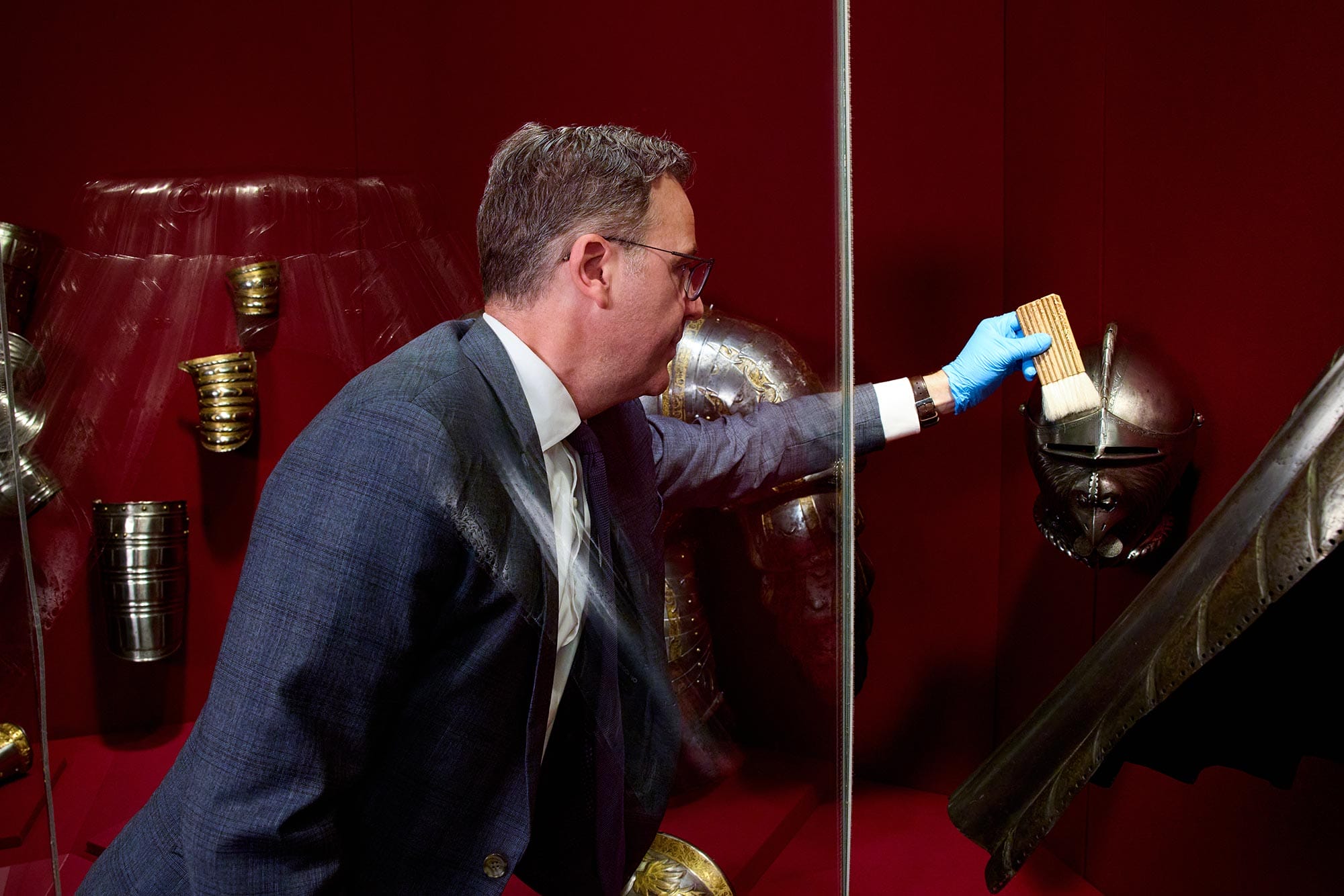
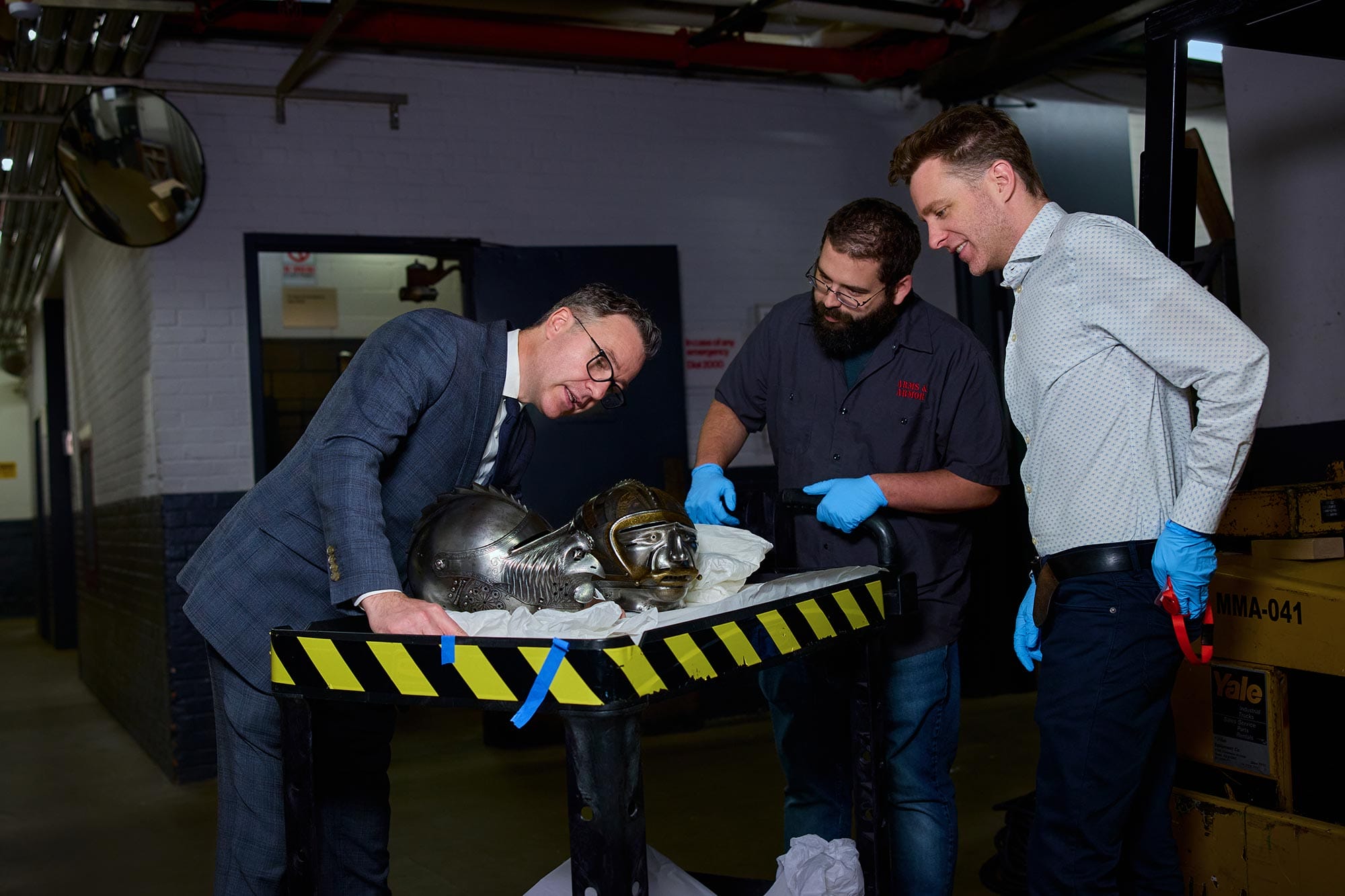



Terjanian first established himself as an important scholar in arms and armor at the Philadelphia Museum of Art, where he oversaw the museum’s Kretzschmar von Kienbusch Collection, which includes more than 1,200 outstanding examples of late medieval and Renaissance European arms and armor and related objects. Terjanian led the Philadelphia Museum’s acquisition of a complete armor for man and horse commissioned in 1507 by Germany’s Duke Ulrich of Württenberg. The decorative plate armor for the horse is the work of Wilhelm Von Worms the Elder of Nuremberg, and is one of the earliest known complete examples of armor from this era; the armor for the horseman was crafted by famed Landshut armorer Matthes Deutsch. In conjunction with the acquisition, Terjanian published a fully illustrated scholarly catalog with the museum and with Yale University Press, Princely Armor in the Age of Dürer: A Renaissance Masterpiece in the Philadelphia Museum of Art on the history and artistry of these objects and their unique craftsmanship.
Some of Terjanian’s most notable scholarship focuses on his identification of the Thun sketchbooks, a set of two of four 16th-century albums of drawings illustrating the works of leading German armorers. Created by master armorers in Renaissance Augsburg, these two albums “consist of drawings that predominantly represent armors produced in Augsburg from the late fifteenth to the seventeenth century…. made for the Hapsburgs by the celebrated armorers Lorenz Helmschmid (c. 1445–1515) and his son Kolman (1470/71–1532), as well as drawings by the hand or closely related to the work of the noted Augsburg painter and printmaker Hans Burgkmair the Elder (1473–1531).” These two albums were widely reported on in art scholarship in the late 19th century, but were believed to have gone missing in 1936. Terjanian located the surviving albums in the collections of the Museum of Decorative Arts in Prague, and in 2013 and 2016 published extensive surveys on the volumes in the Jahrbuch des Kunsthistorischen Museums Wien, making their illustrations and information about the works accessible to art historians across the globe.
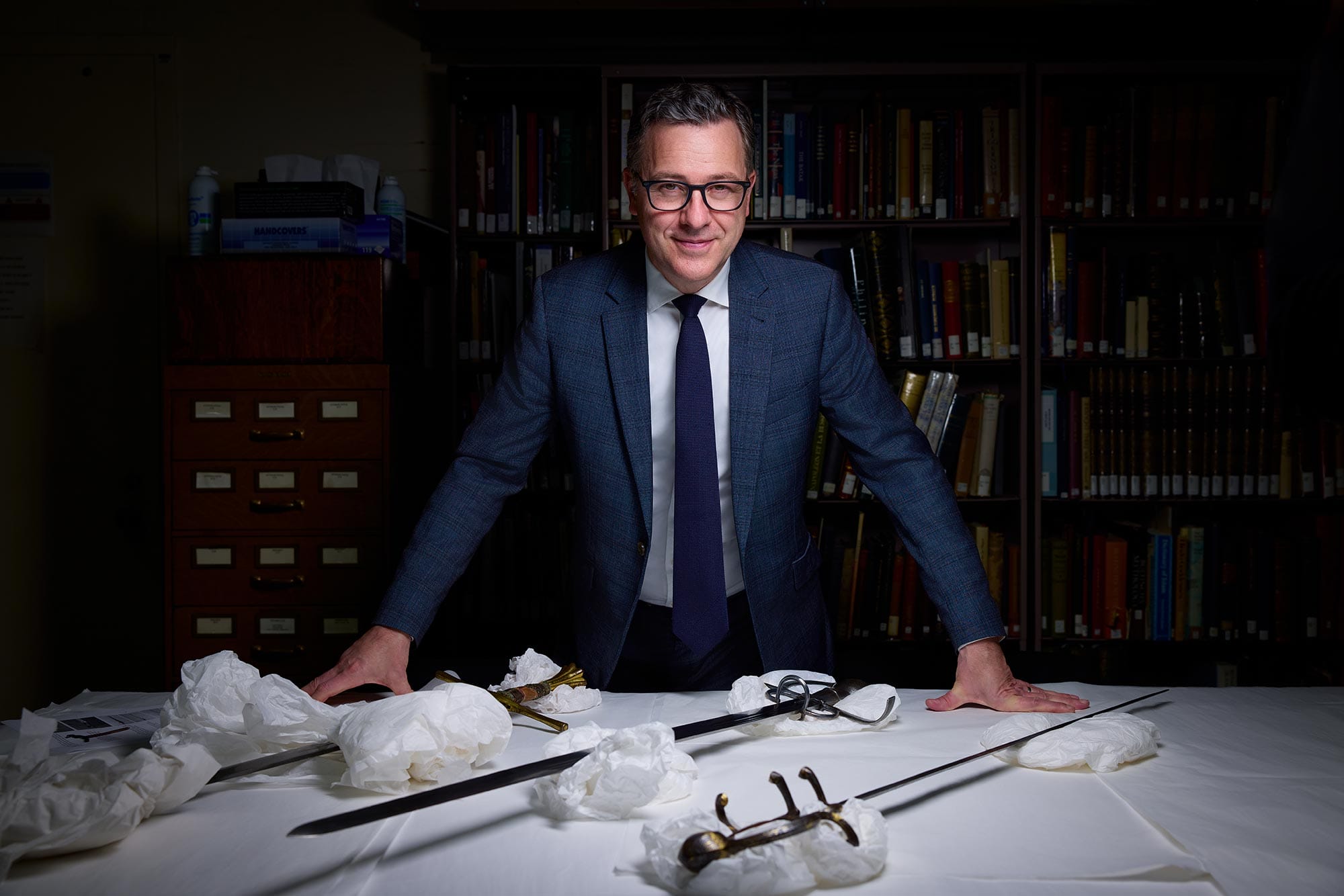
In 2012, Terjanian joined The Metropolitan Museum of Art as curator in the Department of Arms and Armor, coinciding with the centenary of the department’s establishment. In 2013, he was appointed Arthur Ochs Sulzberger Curator in Charge of Arms and Armor, overseeing the collection and scholarship on objects from Europe, the Middle East, Asia and the Americas, from the Middle Ages to the 21st century. Over the past 11 years, Terjanian’s work with The Met has led the expansion of programs and initiatives, including exhibitions, acquisitions and educational programs developed with a focus on engaging new audiences with the museum’s collections. His 2019–20 exhibition The Last Knight: The Art, Armor, and Ambition of Maximilian I “examine[d] the profound significance of European armor at the dawn of the Renaissance, through the lens of Emperor Maximilian I’s (1459–1519) remarkable life.” As curator in charge, he has engaged consultants and specialists to further the scholarship of the museum’s collections of Asian arms and armor, leading to The Met appointing the first full-time curator in Asian arms and armor of any United States institution, Markus Sesko, which led to the development of the exhibition, Samurai Splendor: Sword Fittings from Edo Japan.
Terjanian has also worked to uphold and develop best practices for institutions and curators in the wake of cultural movements and global events. From 2020 through 2023, he led a task force at The Metropolitan Museum of Art to help the museum navigate the global COVID-19 health emergency. The task force aimed to provide support for museum staff, students and scholars, and to identify ways to make the museum and its collections accessible to people in ways that upheld the museum’s values and prioritized health, safety and well-being.
The Marica Vilcek Prize in Art History
The Vilcek Foundation celebrates Terjanian’s work by awarding him the Marica Vilcek Prize in Art History. Terjanian reflects on the honor and the implications of the award for art historians and curators: “The Marica Vilcek Prize in Art History is a recognition that benefits my field of study at large, which is one for which very few awards have ever existed,” he says. “It sends a powerful signal to the community of scholars of which I am a representative.”
Terjanian receives the honor at a momentous point in his career. In January 2024 Terjanian begins his tenure as chief of curatorial affairs and conservation with the Museum of Fine Arts, Boston, where he will oversee work in all departments and collections at the museum.
Related News
Vilcek Foundation Awards $100,000 Art History Prize to Francesca Du Brock
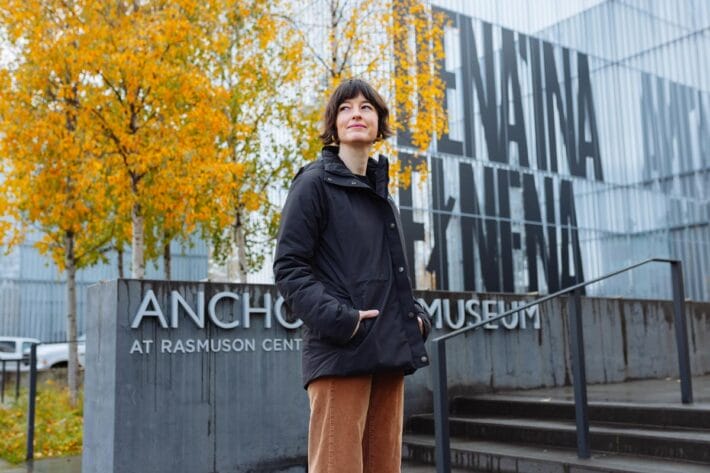
Francesca Du Brock: Curating Alaska

Wolfram Koeppe: Ingenuity and invention in decorative arts
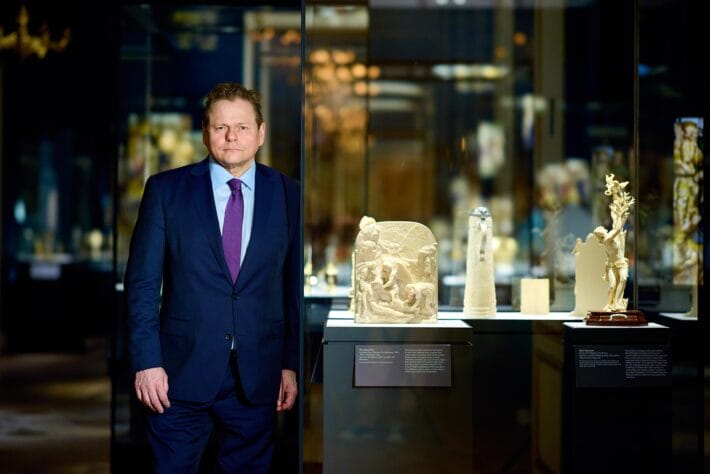
You may also be interested in
The Center for Curatorial Leadership

Pierre Terjanian

Wolfram Koeppe
